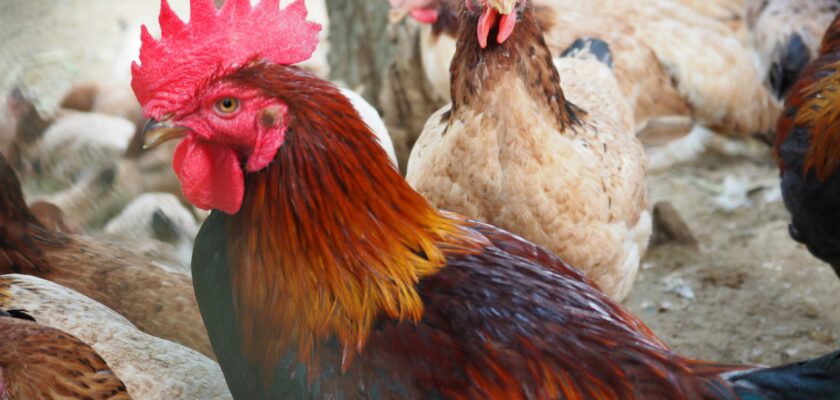Introduction
Backyard poultry keeping has become more popular than ever. Whether you’re raising chickens for eggs, meat, or companionship, one key skill you’ll need is learning how to tell a rooster from a hen. While some signs are obvious once the birds mature, early identification can be a bit trickier.
Luckily, this guide will walk you through the 10 foolproof ways to distinguish male from female chickens—with confidence.
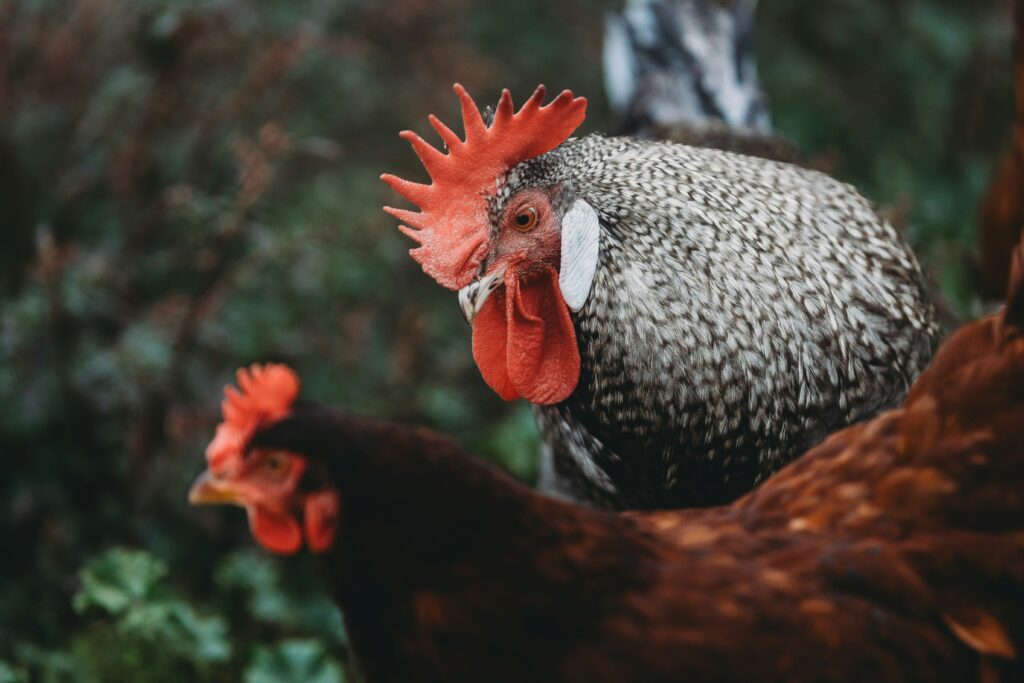
Photo by Steven Van Elk on Unsplash
Why Identifying Roosters vs Hens Matters
Legal Regulations and Zoning Issues
Many urban or suburban areas prohibit roosters due to noise ordinances. Knowing how to spot a rooster early can save you from fines or neighborhood complaints.
Egg Production and Flock Management
If your goal is egg production, you don’t want a flock full of crowers. Roosters don’t lay eggs and may cause stress among hens if not managed properly.
1. Comb and Wattle Size
Roosters typically have larger, more vibrant combs and wattles compared to hens. These fleshy growths on the head and under the chin become noticeable as early as 5–8 weeks.
| Feature | Rooster | Hen |
| Comb | Large, bright red | Smaller, pale pink |
| Wattle | Elongated, fleshy | Shorter, less pronounced |
This is often one of the first visual cues you’ll notice as chicks grow.
2. Feather Shape and Tail Appearance
Feathers hold several secrets for telling roosters from hens.
Saddle Feathers
Saddle feathers (the ones near the base of the tail) are pointed and shiny on roosters and rounded on hens.
Sickles and Tail Arches
Roosters usually develop curved tail feathers (sickles), while hens have shorter, more upright tails.
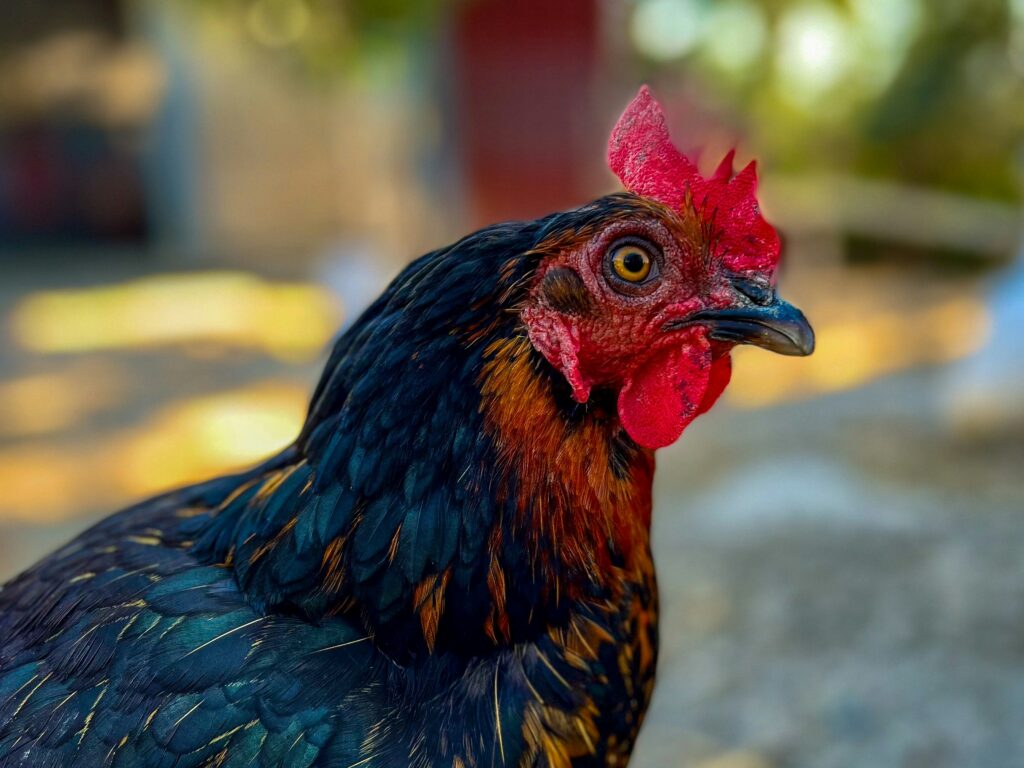
Photo by İrfan Simsar on Unsplash
3. Crowing and Vocal Behavior
Roosters crown loud and proud, often as early as 6 to 8 weeks. If one of your birds starts crowing, chances are you’ve got a male.
Hens, by contrast, make quieter clucking sounds and don’t crow.
4. Leg Thickness and Spurs
Male chickens generally have thicker, sturdier legs. They may also begin to develop spurs—hard, pointed projections on the back of their legs used for fighting or dominance.
Hens rarely develop noticeable spurs.
5. Behavior and Temperament
Roosters tend to be more alert, dominant, and territorial. They may strut, puff up their feathers, and challenge other chickens or even humans.
Hens are typically calmer and more social within the flock.
6. Coloration Differences
In certain breeds, roosters are more vividly colored than hens. Bright iridescent feathers, bold patterns, and shiny plumage often indicate a male.
Hens often sport muted or camouflaged feathering to help them blend in when nesting.
7. Hackle Feathers
Hackle feathers (around the neck) are longer and pointed in roosters, whereas they are short and rounded in hens.
This trait becomes more noticeable around 12–14 weeks.
8. Egg Laying or Lack Thereof
By 5 to 6 months, hens will begin to lay eggs—obviously confirming their gender. If your chicken hasn’t laid an egg and exhibits other rooster traits, you likely have a male.
9. Overall Body Size and Posture
Roosters are generally larger and more upright, with pronounced chests and long necks. Hens tend to be shorter and rounder in body shape.
You’ll also notice that roosters often walk taller and more confidently.
10. DNA Testing (For Absolute Certainty)
For those raising rare or expensive breeds, DNA testing offers 100% certainty. This non-invasive process can be done using feathers or a drop of blood.
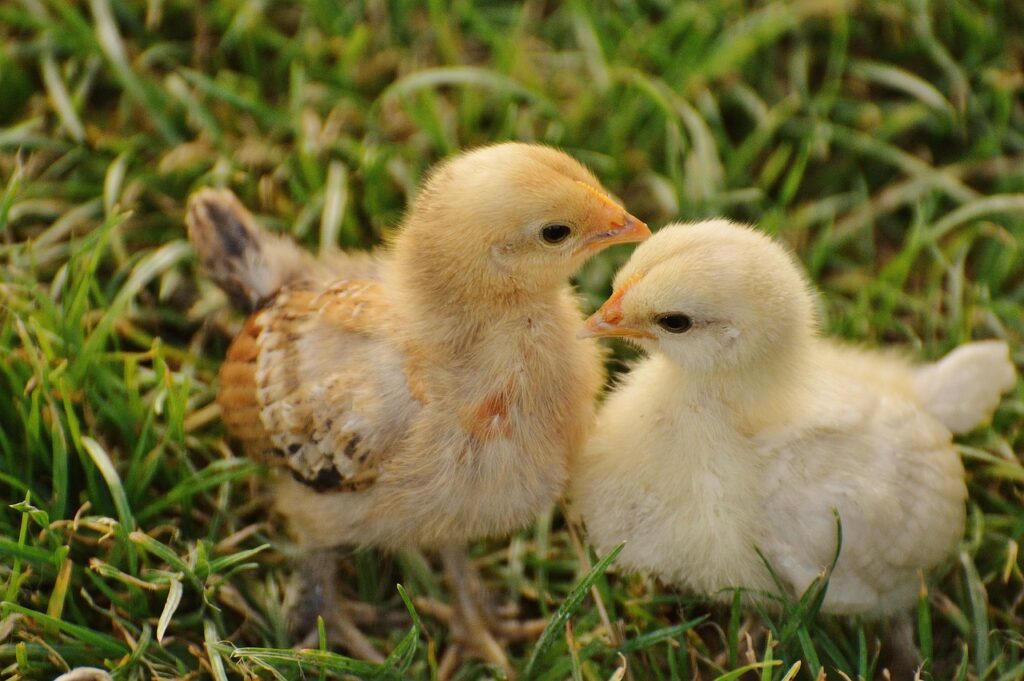
When Can You Tell the Gender of a Chick?
Early Chick Sexing Techniques
Some hatcheries offer “sexed” chicks, which are 90%+ accurate. But for backyard breeders, recognizing gender may take time.
Vent Sexing vs Feather Sexing
- Vent sexing involves checking internal genitalia. It’s accurate but requires training.
- Feather sexing relies on wing feather patterns in some breeds like Leghorns. This can be done within the first week.
Common Myths About Chicken Sexing
- “All roosters are aggressive.”
Not true—some are gentle and docile. - “Hens never crow.”
While rare, dominant hens in rooster-less flocks can exhibit crowing behavior. - “Roosters can lay eggs if stressed enough.”
100% myth. Roosters lack the reproductive organs needed to lay eggs.
FAQs
How early can you tell if a chick is a rooster?
You might notice comb development, leg thickness, or vocalizations as early as 4–6 weeks.
Can hens have large combs and wattles too?
Yes, in some breeds like Leghorns, hens can develop large combs—making it trickier to identify sex without additional signs.
What age do roosters start crowing?
Roosters may start crowing as early as 6–8 weeks, but more commonly around 10–12 weeks.
Will one rooster hurt my hens?
A single rooster in a flock of several hens usually won’t cause issues, but excessive mounting or aggression is a sign to intervene.
Can you keep more than one rooster together?
Sometimes, especially if raised together. However, fights for dominance can occur—especially with limited hens.
Are there breeds where males and females look the same?
Yes, breeds like Silkies and Polish chickens can be notoriously hard to sex until they are fully mature.
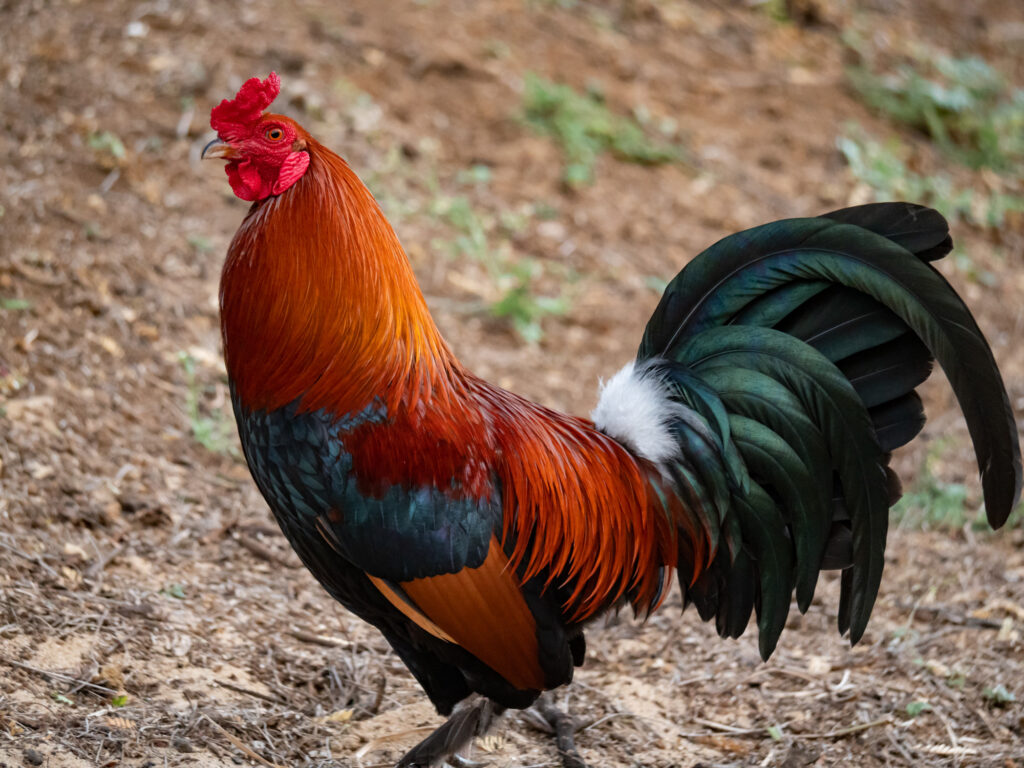
Image by souvenirpixels on Freepik
Conclusion
Learning how to tell a rooster from a hen is an essential skill for any poultry keeper. With the 10 foolproof signs in this guide—ranging from comb size to behavior, feather shape to crowing—you’ll become an expert at distinguishing your flock members. Whether you’re raising birds for eggs, meat, or fun, understanding gender differences ensures a happy and productive backyard coop.
